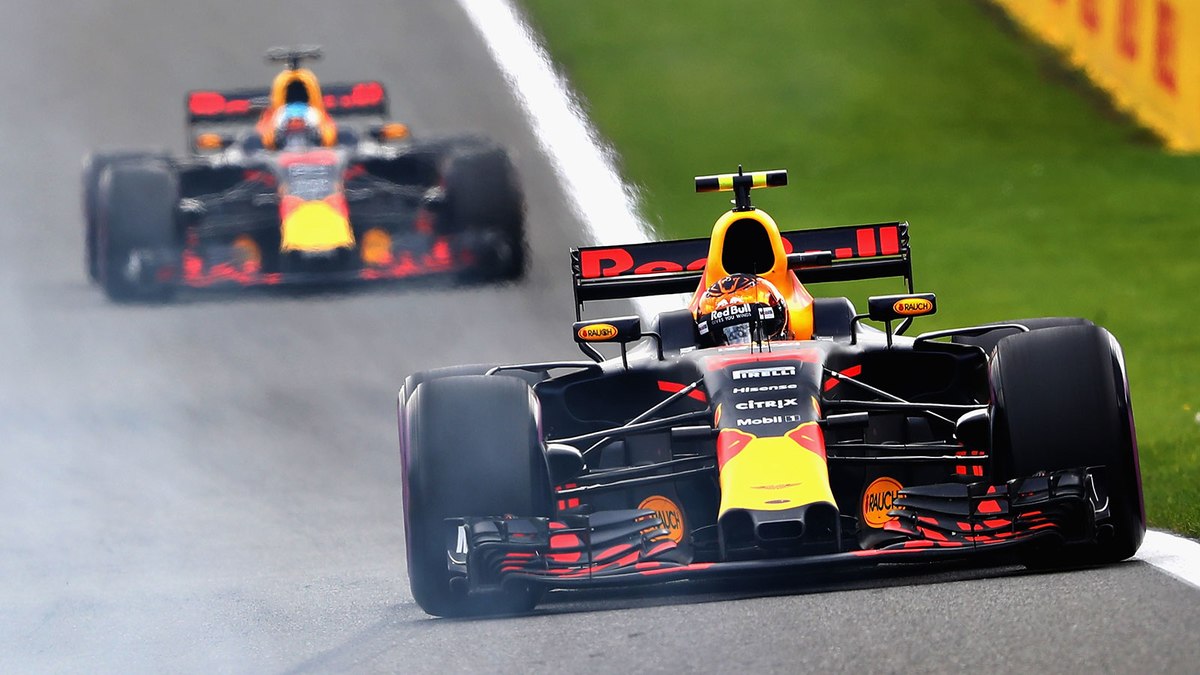WHAT’S THE DIFFERENCE?

By: DIWANIYA | Roy Schütt | 22 March 2019
Organization vs business – is there a difference? People often use words like business, company, and organization interchangeably. Many times the distinctions aren’t meaningful so it makes sense to treat them as synonyms. But if you’re an owner, senior leader, manager, or human resource professional aiming to make an impact, seeing the distinctions can help you create success.
What is an organization? What is a business? What is a company? Learn when to focus on the “business” and when to focus on the “organization” to achieve important objectives. To begin, let’s define…
Business
The Cambridge Dictionary defines “business” as “the process of buying and selling goods and services.” So, engaging in or doing “business” means to exchange money, goods, or services held by one party for desired goods, services, or money held by another party. It’s an economic activity that can occur person-to-person, person-to-group, or group-to-group.
Company
Merriam-Webster defines a “company” as a group of persons that makes, buys, or sells goods or provides services in exchange for money. In other words, a company is a defined entity engaging in business. Agencies, firms, and corporations are all specific types of companies.
Organization
Black’s Law Dictionary defines an “organization” as a group of people structured in a specific way to achieve a series of shared goals. Relationships linking roles and functions within an organization are determined by its structure. In other words, an organization is the people engaged in the business activity.
Organization vs Business – Like a Race Car!
We can use a car racing analogy to lock in this important distinction. In this analogy, a race car is the organization (i.e., the people). The car’s fancy paint job and number are the company (the recognizable, defined identity). Navigating the track at top speeds is the business activity. The other cars in the race are the competition.
To win the race, we need one more important element — the driver of the race car is the owner or leadership team. Beating the competition to win the race requires both a great race car and a terrific driver. The fastest race car in the world (i.e., the best people working together) won’t win the race (i.e., conduct successful business) if the driver makes poor decisions (i.e., leadership team strategy). Conversely, the best driver in the world can’t win races if the race car is sluggish and unresponsive.
In other words, the driver must pay attention to both the car’s fine-tuning and the driving decisions. Just like a successful leadership team must attend to both the organization and the business.
Focusing on the Business (Smart Driving Decisions)
To successfully conduct business, the leadership team must look outward to exchange goods and services with people or other businesses. Key issues include defining why the company exists and determining how it can thrive. Key tools include a business model that addresses how the company will make money from the goods it produces or the services it provides. Key awareness includes noticing what is happening in the marketplace, anticipating challenges and being ready with a response, and spotting opportunities to innovate and pull ahead.
Focusing on the Organization (Smart People Decisions)
To maintain a fine-tuned organization, on the other hand, the leadership team must look inward to prepare the people and their patterns of interaction to deliver great performance. Key issues include defining the functions and roles and determining critical interconnections. Key tools include an organization model that addresses how the company will organize or structure work to produce and deliver goods or services. Key awareness includes noticing what is happening across functions, anticipating demands people need to be ready to meet, and identifying challenges that are creating wear and tear and eroding performance.
Decide: Make a Driving Adjustment? OR Peek Under the Hood?
You don’t have to be a master mechanic or be comfortable taking sharp turns at high speeds to see the power of taking the right action to move your company forward. To succeed with specific demands and over many races, sometimes leaders need to focus on the business and sometimes on the organization. Changing driving decisions when the race car’s inner workings are breaking down won’t win the race. Neither will stopping for maintenance when an acceleration on the straightaway is needed to gain ground.
A leadership team that can effectively tend to both the business and organization, and intentionally choose between them at critical moments, will win races. Keep your organization fine-tuned and smooth-running. Listen for sounds signaling engine trouble. Keep your business well-aimed and matched with customer interests. Watch for indicators of a bend in the road. Work powerfully and flexibly as a leadership team. Hone the awareness of a seasoned driver whose hands on the wheel, foot on the gas, and body hurtling down the track can “sense” subtle changes in steering responsiveness, acceleration smoothness, and the feel of the tires on the pavement. And by all means, keep your organization fueled with purpose, meaning, and appreciation.
As an owner, leader, manager, or HR professional, how are you attending to both your business and your organization?
Source: Adapted from Coetic article
